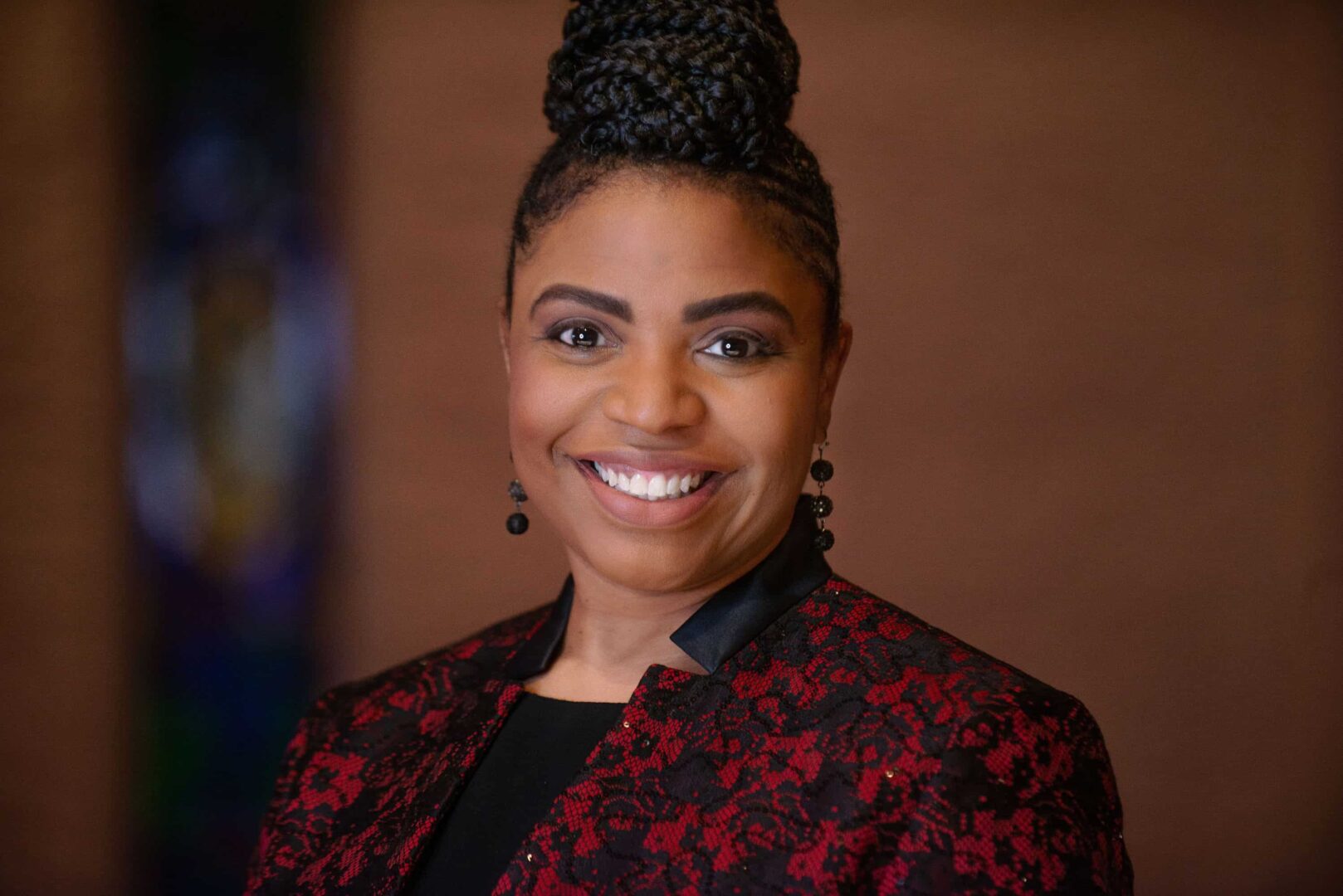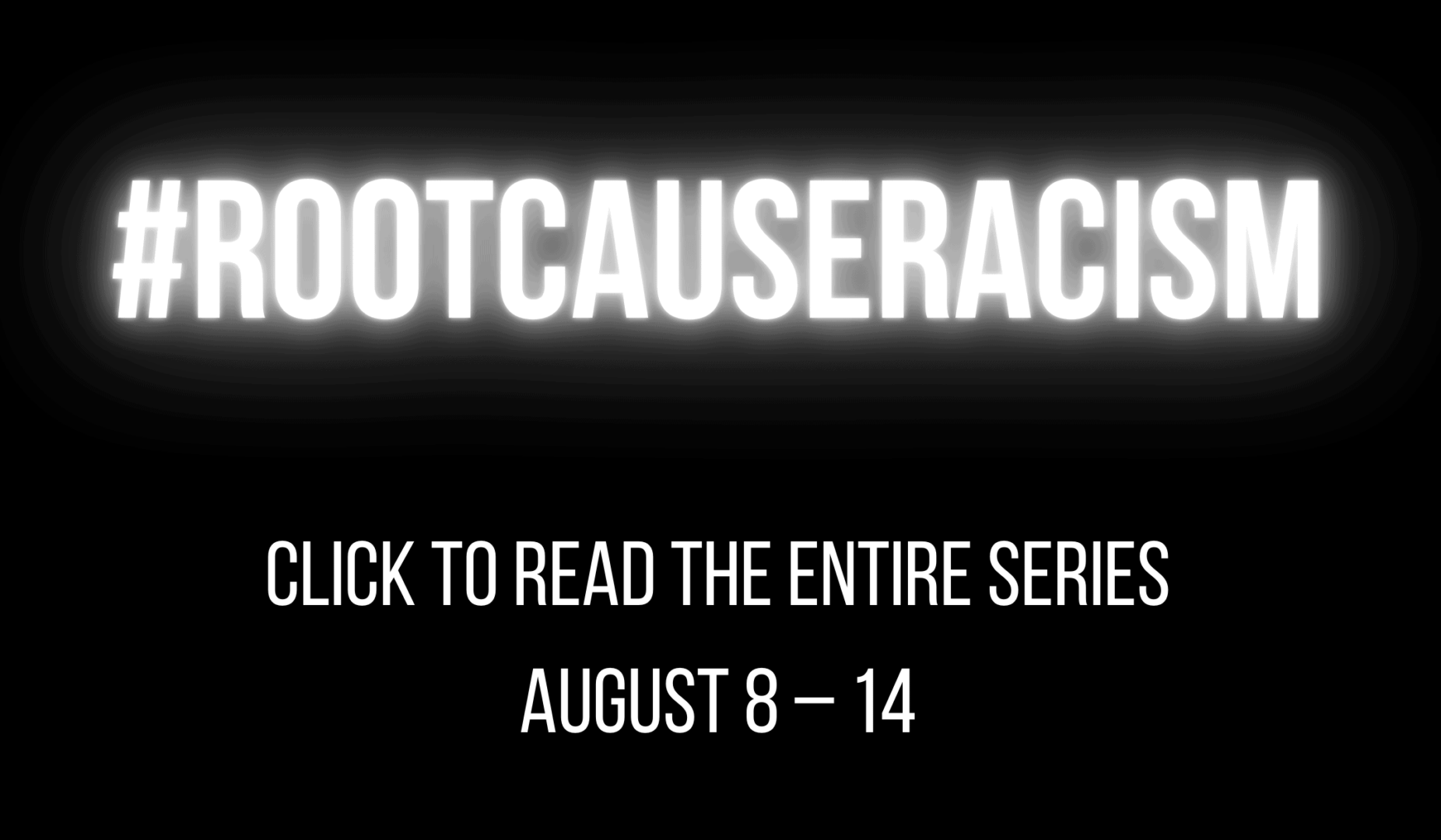
Those of us active in volunteer and community service value selflessness and sacrifice in service of others. We consider ourselves kind, caring and compassionate. Many of us are energized by the very thought of inspiring change in someone's life or situation. These are the characteristics that spurn positivity in a toxic world. These characteristics counter the excessive greed and self-indulgence in our society. However, as positive as these attributes may be, they are also some of the reasons it is difficult to acknowledge our racism and implicit racial bias.
Racism and implicit racial bias are the filters that shade our view of the world. They are silent and invisible bacteria that infest an otherwise healthy agenda. Many of us do not realize we possess them. We think that we are too kind to be racist or that we are too generous to be racially biased. We even have friends who are Native, Black, Hispanic, or Asian! But kindness, generosity, and friends of color do not prevent racism or implicit racial bias, even in the best volunteers or community servants.
Implicit racial bias refers to the stereotypes, attitudes, and judgments we hold about a race of people. (We will save the debate around the validity of the category “race” for another conversation!) These are subconscious thoughts that influence how we engage the world and make decisions. At the time I wrote this post, the Anti-Defamation League defined racism as the marginalization and/or oppression of people of color based on a socially constructed racial hierarchy that privileges white people.
An unfortunate reality is that we have been led to believe that our racism and implicit racial bias are justified and warranted. Our environment may reinforce these subconscious patterns of thinking and behavior through manufactured narratives that paint racial groups with broad brushes. Too often we internalize these narratives without critical engagement or resistance. And without notice, we develop racist and racially biased lenses through which we interpret the world around us.
As one who influences people and processes toward optimization, racism and implicit racial bias undermine your efforts. Both are barriers to optimizing every noble goal. Whether your goal is to optimize impact, return on investment, or brand recognition, racism and implicit racial bias are threats to optimization. The exclusion or marginalization of a group of people based on socially-constructed and socially-reinforced factors, weakens the best optimization plan. If we want to see real optimization in our communities and organizations, or more specifically, in our lives, we must work to identify and dismantle the racism and implicit racial bias in us.
One place to begin is a reflection on your social circles. Schedule a few moments of your day to respond to the following questions:
- What conversations do my social circles have about Native, Black, Hispanic, and Asian people?
- What assumptions do I carry about various racial groups?
- In what ways have I determined my Native, Black, Hispanic, or Asian friends are “exceptions” to my assumptions about their racial group?
- How much better would the world be if I and my social circles were less racist or less racially biased?
For extra credit, schedule time to respond to a more difficult question, “What am I going to do about my responses to the previous questions?” And use continuous improvement methodologies to create your plan to identify and dismantle racism and implicit bias in your life with S.M.A.R.T. (specific, measurable, achievable, realistic, and timely) measures.
Remember the words of Shirley Chisholm, the first African American woman elected to Congress and the first African American candidate for President of the United States in a major party:
“You don't make progress by standing on the sidelines, whimpering and complaining. You make progress by implementing ideas.”

Please scroll down (or click) to post a comment. Connect with me on LinkedIn.
Let’s work together to build a culture of continuous improvement and psychological safety. If you're a leader looking to create lasting change—not just projects—I help organizations:
- Engage people at all levels in sustainable improvement
- Shift from fear of mistakes to learning from them
- Apply Lean thinking in practical, people-centered ways
Interested in coaching or a keynote talk? Let’s start a conversation.






![When Was the Last Time a Leader Around You Admitted They Were Wrong? [Poll]](https://www.leanblog.org/wp-content/uploads/2025/07/Lean-Blog-Post-Cover-Image-2025-07-01T212509.843-238x178.jpg)


![When Was the Last Time a Leader Around You Admitted They Were Wrong? [Poll]](https://www.leanblog.org/wp-content/uploads/2025/07/Lean-Blog-Post-Cover-Image-2025-07-01T212509.843-100x75.jpg)

Rev. R. Janae Pitts- Murdock thank you for your thoughtful post. Your post reminds me of the Appreciative Inquiry approach, where the focus is on asking questions. I admit that I’m guilty, sometimes, of doing more telling than asking. Thank you for the reminder. Better questions should lead to better ideas and better ideas should lead to better solutions!
Thank you for this post, Rev. Pitts-Murdock. I love the quote from the late Rep. Chisholm, so I’ll reshare it here for emphasis:
Well put. Yes, continuous improvement is not a spectator sport. I reminded of a quote by Teddy Roosevelt: “It is not the critic who counts; not the man who points out how the strong man stumbles, or where the doer of deeds could have done them better. The credit belongs to the man who is actually in the arena, whose face is marred by dust and sweat and blood; who strives valiantly; who errs, who comes short again and again, because there is no effort without error and shortcoming; but who does actually strive to do the deeds; who knows great enthusiasms, the great devotions; who spends himself in a worthy cause; who at the best knows in the end the triumph of high achievement, and who at the worst, if he fails, at least fails while daring greatly.” I am delighted to join #RootCauseRacism and others in the arena to dismantle racism. #leaninleanthinkers #PDCAzeroracism
Thanks for commenting, Chris — and thanks again for doing the podcast recently on Lean, diversity, equity, and inclusion… I should add our hashtag to that episode:
http://leanblog.org/378
Thank you for this invitation to reflection and real improvement, Rev. Janae Pitts-Murdock! Thanks for these great questions!
Thank you for your reply. These questions ask us to pull experiences from our subconscious to the front of our consciousness. And more, they invite us to the potential disappointment (or celebration) of the insights they bring.
Rev. Janae Pitts-Murdock, thank you for your illuminating message. In addition, thank your guidance and challenge in inviting us to self-reflect on what we can do within our circles of influence to impact change.
Your blog reminds me of a German proverb, “Selbsterkenntnis is der erste Schritt zur Besserung”–“Insight into oneself is the first step to Improvement.”
To quote your words in today’s sermon, “God uses people to perform miracles.” This also applies to the work and miracles that can be accomplished through the #RootCauseRacism project.
Thank you for your reply. These questions ask us to pull experiences from our subconscious to the front of our consciousness. And more, they invite us to the potential disappointment (or celebration) of the insights they bring.
Thank you Rev Pitts-Murdock! Looking at our implicit bias is such an important start to looking at the issue of racism in our world. We have to start looking deeply…internally at ourselves…how are we contributing to the problems? Are we an obstacle? What is going on inside of us that is causing this bias (root cause analysis)? Lots for me to think about here!
One thing I’ve been thinking about is how “what’s going on inside of us” is formed by a lifetime of socialization. How does the prominent culture in American society influence in ways we have trouble seeing, like the way a fish in a bowl of water would have trouble describing the water that surrounds it. The book “White Fragility” explores this a lot.
Looking for societal and historical root causes led me to the book “Stamped from the Beginning: The Definitive History of Racist Ideas in America” by Ibram X. Kendi. https://amzn.to/3a7wB0A
Very insightful. If you don’t know it’s there (implicit), then there’s no way to address it! Thanks for your words.